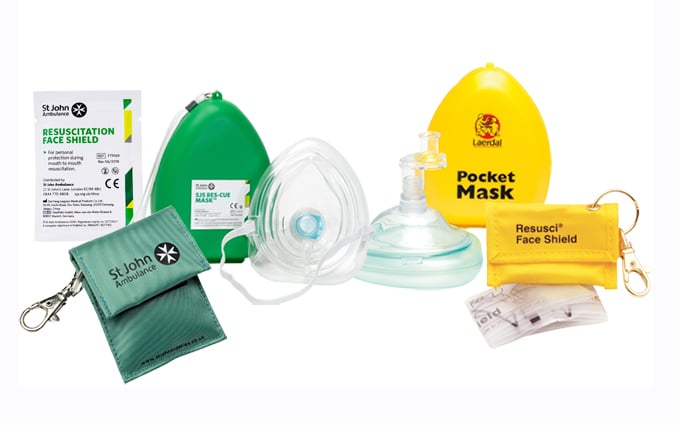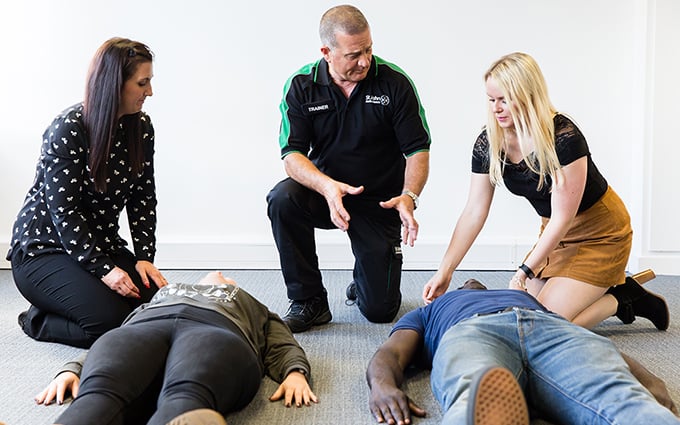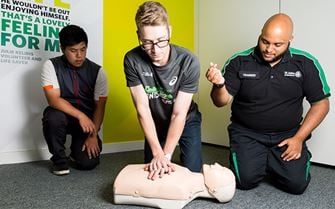If someone is having an asthma attack:
- Reassure them, help them to use their reliever inhaler
- If there is no inhaler, call 999 or 112.
- Ask them to breathe slowly and deeply
- Sit them down
- If the attack does not ease, advise one to two puffs every two minutes for up to 10 puffs
- If they still don’t improve, call 999 or 112.
- Monitor breathing and level of response.
- If they are unresponsive, prepare to give CPR.







